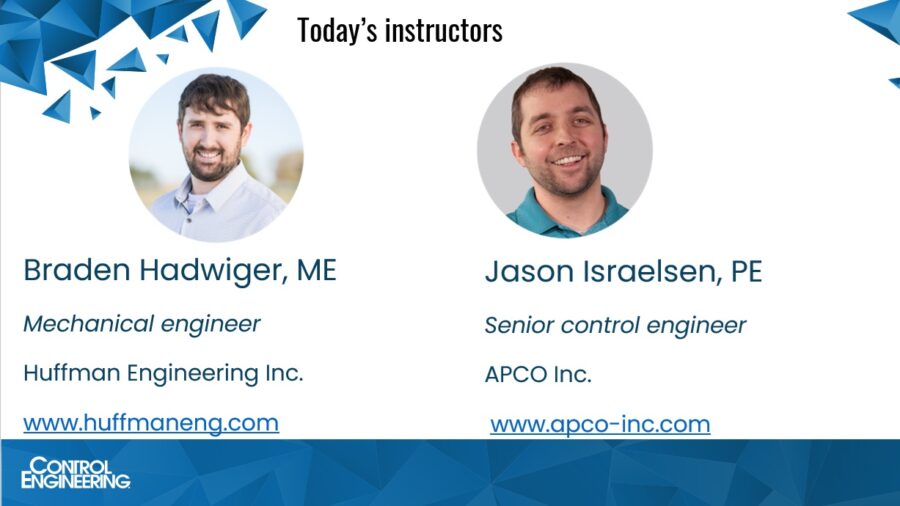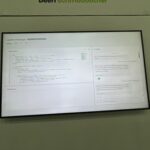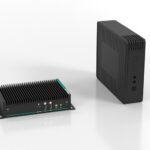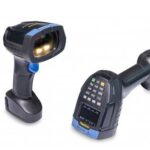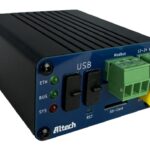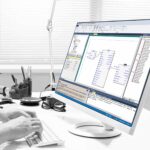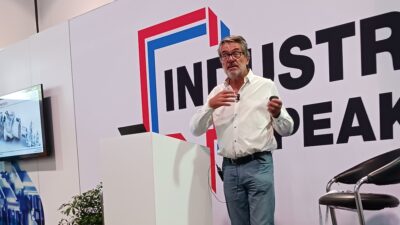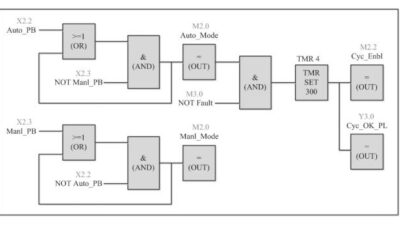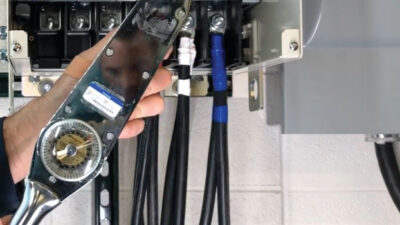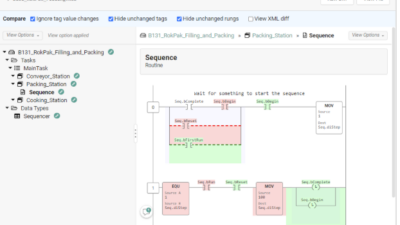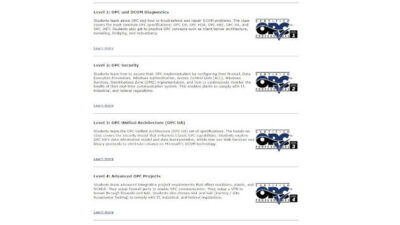Programming
Programming is an essential part of control systems, as it allows engineers and developers to create the instructions and algorithms that control the behavior of the system. In control systems, programming is used to specify the desired behavior of the system and the conditions under which it should operate. Control systems can be programmed using a variety of languages, including C, C++, and Python. The specific language used will depend on the type of control system and the requirements of the application. Programming is used in control systems to: Specify the input and output variables of the system: This includes defining the sensors and actuators that will be used to gather data and perform actions within the system. Define the control algorithms: This involves creating the logic and rules that will be used to make decisions and control the system based on the input and output variables. Test and validate the control system: This involves using simulation and prototyping tools to test the control system and ensure that it behaves as expected. Monitor and maintain the control system: This involves using programming to monitor the performance of the system and make any necessary updates or adjustments to ensure it continues to operate properly. Overall, programming is a critical component of control systems, as it allows engineers and developers to specify and control the behavior of the system in order to achieve the desired outcomes.
